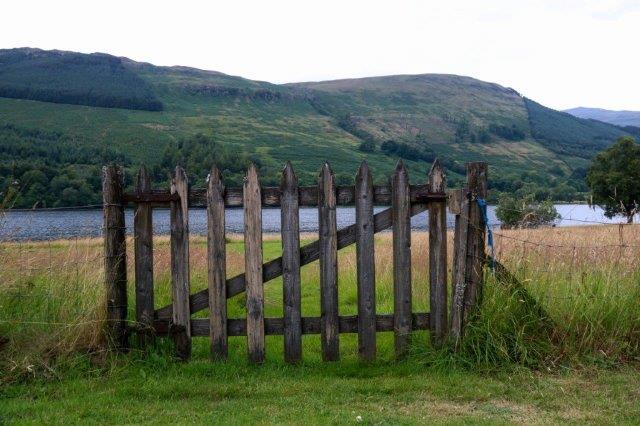How to Set Posts and Build a Gate

How to Set Posts and Build a Gate
The fence posts should be set 24 inches deep on top of approximately 6 inches of gravel and surrounded entirely by ready-mix concrete. Ensuring the post is below the frost line will help prevent frost heaving. All fence posts should be centered in the post holes dug. The use of a plumb line or level will be necessary in order to ensure is vertical while filling in the hole. To add extra support to corner posts, you may fix to nail cleats to the bottom of the posts. Lastly, slope the surface of the fill away from the fence posts to avoid water settling on the fence posts.
After allowing approximately 24 to 48 hours for the concrete to set you may set the fence rails. The bottom rail should be placed about 6” above the ground to avoid ground moisture. Make sure that both ends are the same height off the ground. Both top and bottom rails should be parallel with each other. Use a spirit level to properly orient the rails. If creating a picket fence, fasten each picket appropriately creating a nice even and level row of pickets. The above is a picture of a standard three rail fence. The only difference between a three-rail fence and a picket fence is that the three rails are covered up by pickets. If you encounter any type of hills in your fence project you should build it in a step
method or follow the contour of the ground.
Gate openings should be at least 3 feet but preferably 4 feet wide. Fence posts should be set the both sides of the gate. The gate itself should have lapped corners and diagonal braces to create strength and firmness. Allow for 1 inch between the frame of the gate and the distance between the inside of the two gates posts to ensure the gate can swing freely. After the gate has been constructed properly for the space desired, attach the hinges and gate latch. If you desire a stop, nail a piece of fencing material to the latch post. If you make your gate wider than 4 feet, for example 6, 8, or 10 feet, then you are going to need to pay special attention to make sure the gate post on the hinge side is built solidly. But even this will not be enough to keep the gate from sagging and dragging at the far end. The answer to this is to use a gate caster. This is a wheel that attaches to the lower end of the gate and allows it to roll along the ground and support the weight of the gate. There are several manufacturers of this type of product such as Shepherd 8735, Norstrand, Koch, Fence Smart 4U, Nationwide, Spee, Coline, Albion, Ranch Ex, Steelex, National but the one we like best is made by Tech Team https://techteamproducts.com/. Their item 716 https://www.amazon.com/TECH-TEAM-4-Inch-Capacity-Hardware/dp/B079TFW124/ref=sr_1_9?ie=UTF8&qid=1540410037&sr=8-9&keywords=gate+caster+wheel+spring+loaded spring loaded gate caster solves this problem rather neatly, and since it is spring loaded, it can follow the contours of the pavement or the ground.
